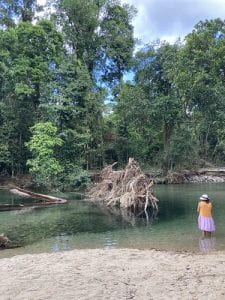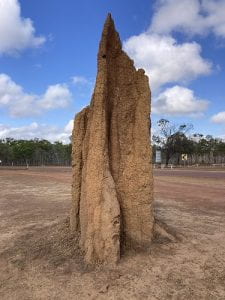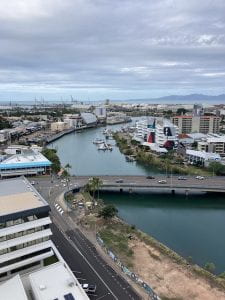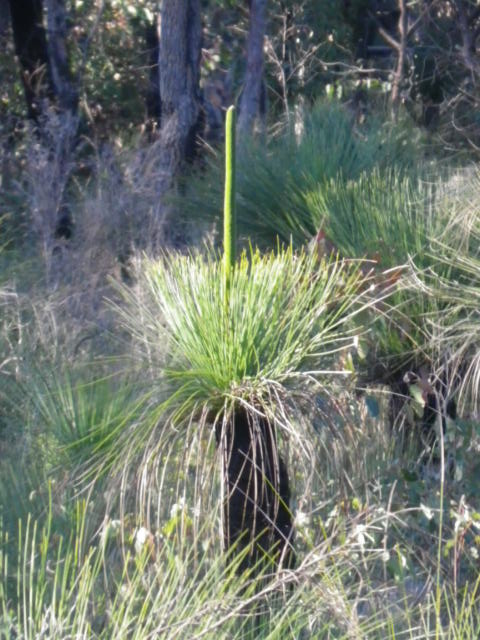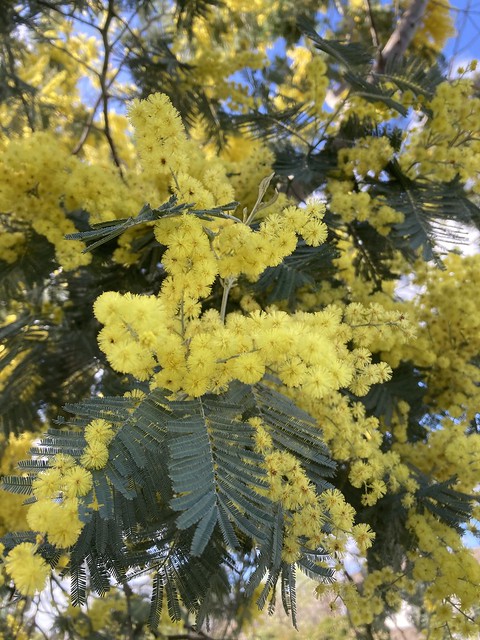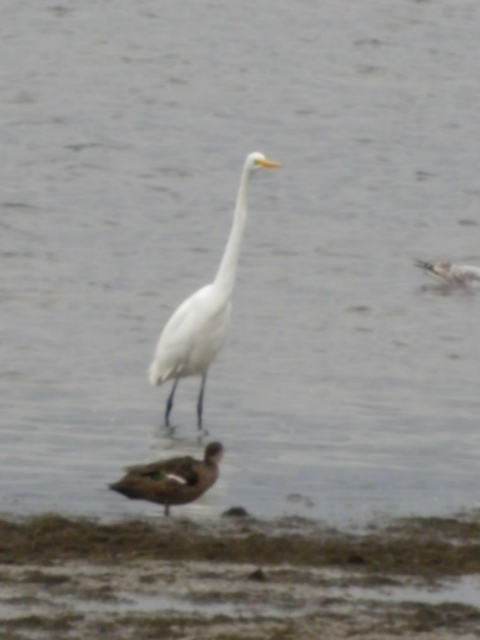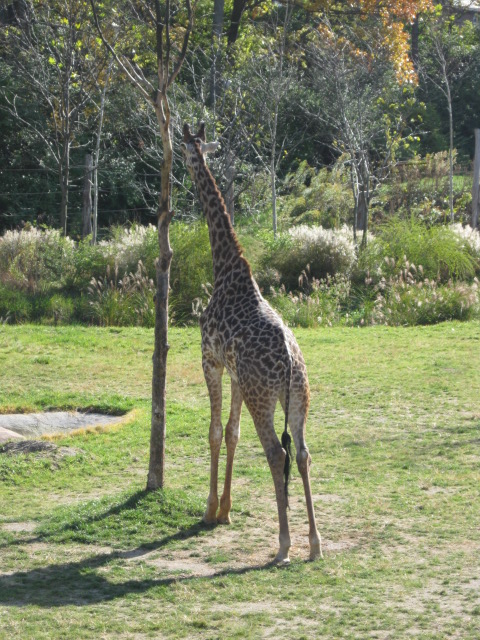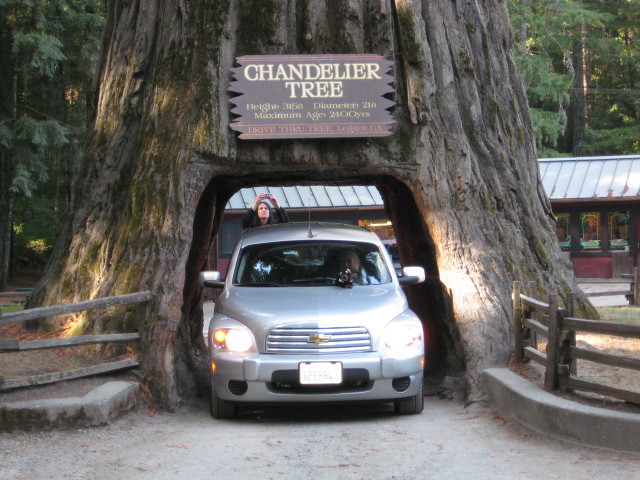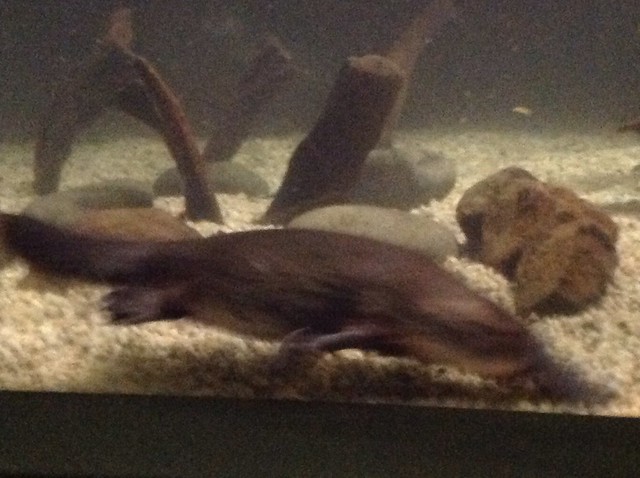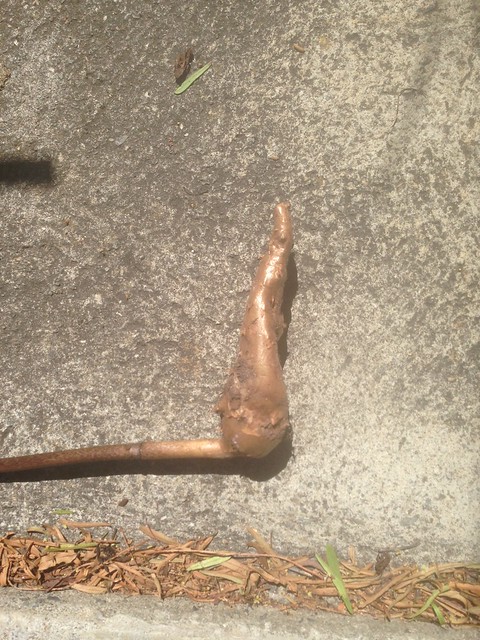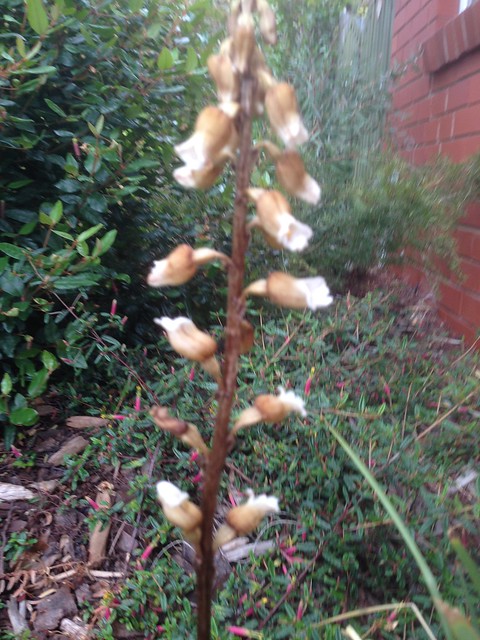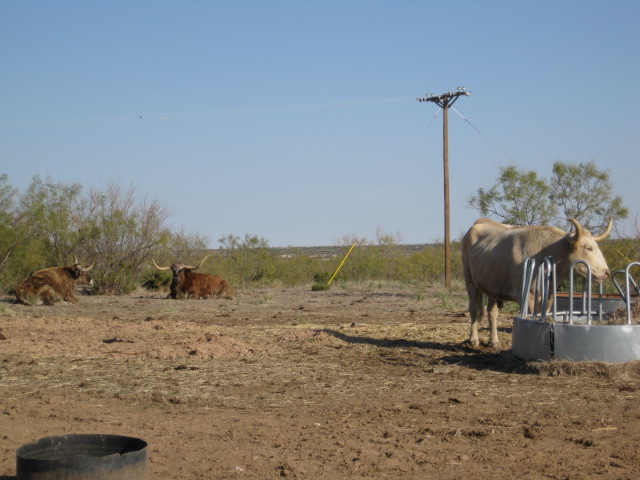Part 4 Around Cairns
After returning to Cairns we had a day of leisure where I headed to the Cairns Aquarium then on the walk back to the hotel had a lovely yoghurt ice cream. That evening we had a cruise and dinner on the harbour.
The next day we headed south of Cairns to Babinda, then to Paronella Park past some banana plantations. We returned via Innisfail which has many art deco buildings.
Remember, by hovering over the photo you will see the name of the photo giving clues as to where we are.









